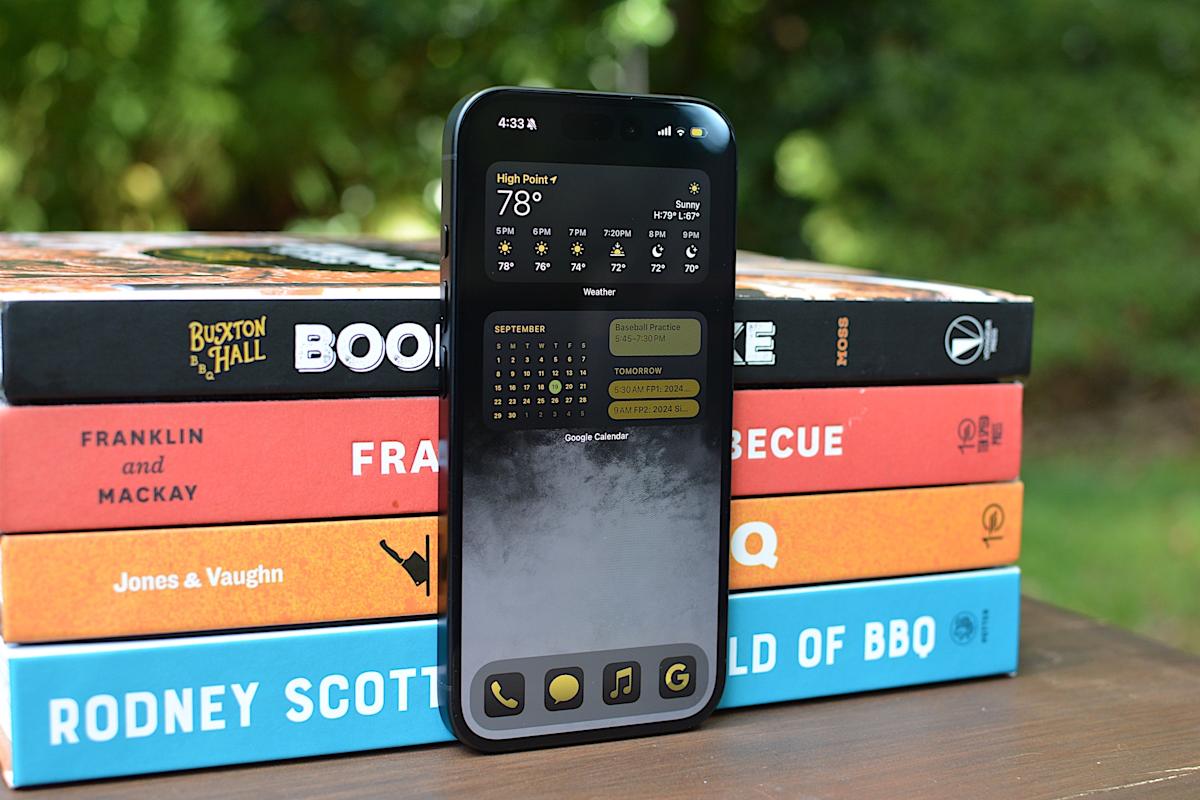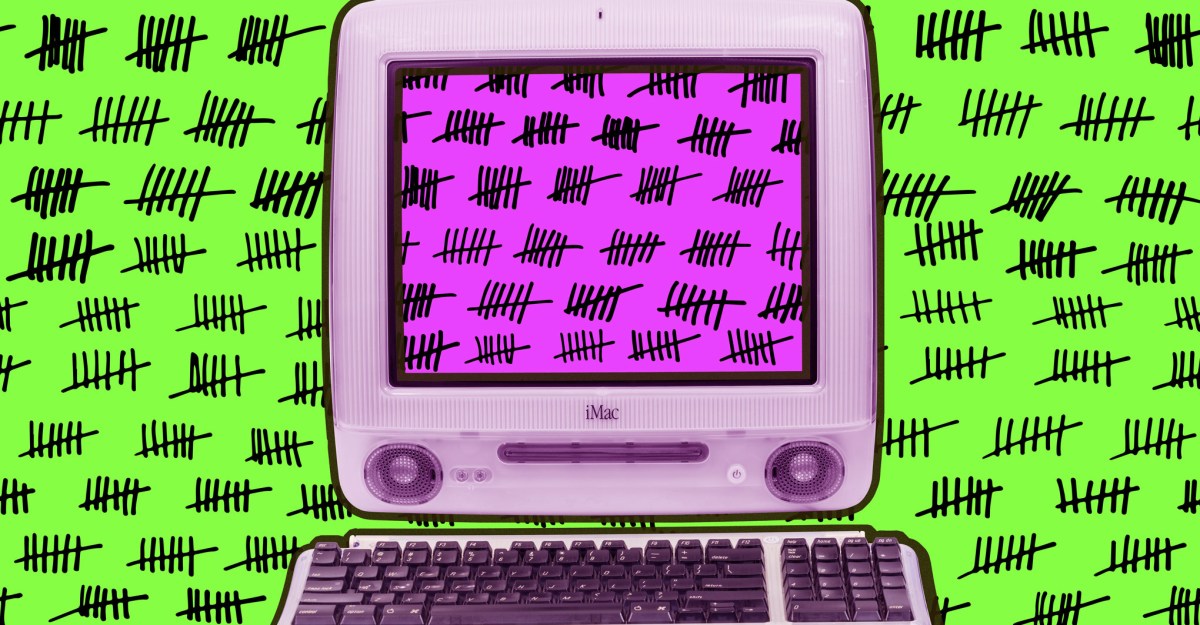
How to Customize Your iPhone Home Screen in iOS 18
Now you can have total control over your iPhone's home screen; here’s how to do it.
With the official launch of iOS 18, Apple has introduced new options for customizing the iPhone's home screen. Users can now rearrange the layout of their apps, preventing unwanted apps from cluttering the screen. This allows each individual to make their device more unique, whether by adding useful widgets, reordering apps, or removing those that are never used.
Widgets provide an instant view of app data or functionalities, allowing quick access to information without the need to open the app. For example, you can check the weather, review your calendar, or control your music without having to open the applications, which is a relief for your fingers. Adding, editing, or removing widgets has become very easy with iOS 18, facilitating access to the most relevant information.
How to add a widget:
- Press and hold an empty area on the home screen until the app icons start moving.
- Tap the Edit button in the top left corner and select "Add Widget."
- Scroll or search for the widget you want and tap it.
- Choose a size by sliding left or right.
- Tap "Add Widget" to place it on the screen.
- Drag it to your preferred position and tap "Done" (top right corner).
How to edit a widget:
- Press and hold the widget you want to modify.
- Tap "Edit Widget" (if available). If not, you can toggle through icons for location and design options.
- Adjust settings such as which calendar to display or the weather location. These options vary by widget.
How to remove a widget:
- Press and hold the widget.
- Tap "Remove Widget" and confirm the action.
Rearranging apps and widgets on the home screen is also very simple with the new customization in iOS 18. This not only helps personalize the screen but also cleans the wallpaper by preventing family photos or important images from being covered by app icons.
To rearrange apps:
- Press and hold any app to bring up a menu.
- Select "Edit Home Screen" to move apps by dragging them to the edges of the screen.
- Tap "Done" when finished.
Additionally, you can stack apps on top of each other to automatically create folders.
In terms of aesthetics, iOS 18 offers more control over how app icons look, including the option to change their colors. However, not all icons are customizable. If certain changes do not apply, there is the option to hide the icon from view, keeping it accessible from the app library.
How to hide or lock an app: To ensure privacy for certain applications, they can be hidden or locked behind a passcode or Face ID. This prevents unauthorized access, keeping the apps in a hidden folder.
- To lock an app:
- Press and hold the app icon and select "Require Face ID" (or Touch ID or passcode).
- Confirm the selection.
- To hide an app:
- Press and hold the icon and select "Require Face ID" (or Touch ID or passcode).
- Confirm and select "Hide" to finalize.
To organize your apps into folders:
- Drag one app icon over another, which will automatically create a folder that you can name. Add more apps by dragging them into the folder.
- To delete a folder, simply drag all the apps out of it.
To remove or delete apps:
- To remove an app from the home screen (without deleting it): Press and hold the icon, select "Remove App," and then "Remove from Home Screen."
- To completely delete an app: Press and hold the icon, select "Remove App," followed by "Delete App," and confirm.
There are a few additional options to further customize your home space. For example, you can use the "Stacks" feature to combine multiple widgets into one that you can swipe, have shortcuts to the app library to keep a cleaner screen, and customize the home screen for different Focus modes, which is useful for keeping work and personal aspects of your life separate.



